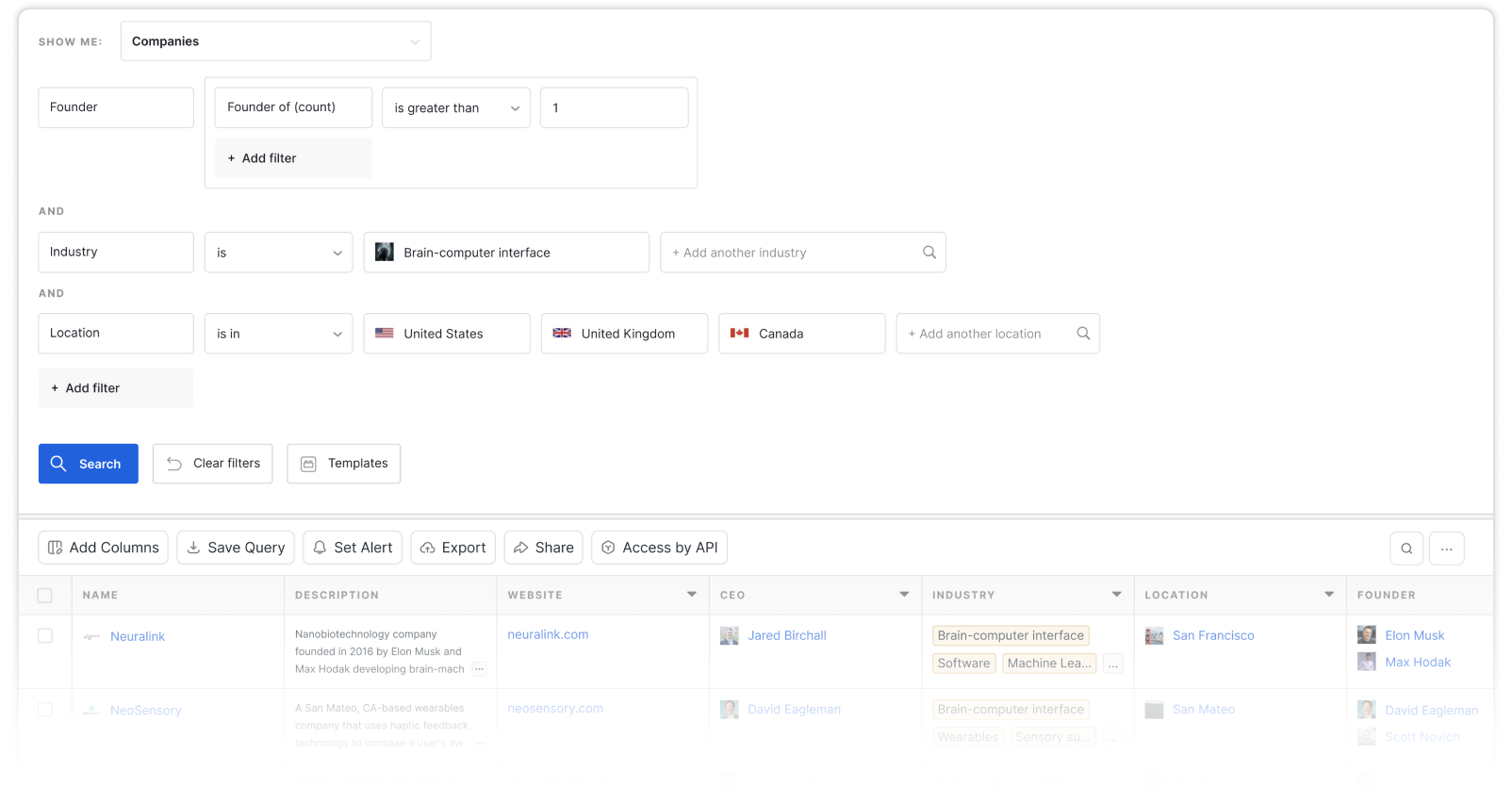
Hyphen
Instantly transfer funds between Ethereum, Polygon, base layers & layers 2s. Easy onboarding to L2s. Smooth multi-chain experience. Bridge the web3.0 ecosystem.
All edits
Hyphen enables instant and cheaper token transfers across different blockchains. It especially solves the
pain point of getting your funds from Layer2 to Layer1 blockchains. If you transfer your funds via Layer2
native bridges it might take you from 40 min to 7 days to get your funds on Layer1. For example, it takes
around 40-50 min to get your ERC20 tokens from Polygon Network to Ethereum via their native bridge.
Hyphen enables instant and cheaper token transfers across different blockchains. It especially solves the pain point of getting your funds from Layer2 to Layer1 blockchains. If you transfer your funds via Layer2 native bridges it might take you from 40 min to 7 days to get your funds on Layer1. For example, it takes around 40-50 min to get your ERC20 tokens from Polygon Network to Ethereum via their native bridge.
Hyphen provides cheaper and instant transfer of funds by maintaining tokens liquidity on both sides of the chains and instantly transferring tokens on second chain after accepting tokens on first chain. It also rebalances the liquidity automatically if there's too much one sided transfers.
chains and instantly transferring tokens on second chain after accepting tokens on first chain. It also
rebalances the liquidity automatically if there's too much one sided transfers. Try out Hyphen for instant
Try out Hyphen for instant transfer of tokens across chains.
If Ann wants to transfer tokens across chains then she'll be charged a 0.1% fee which goes to Liquidity
Providers and transfers transaction fee is also deducted from the tokens being transferred in the same
currency. For example, if Ann is transferring 500 USDC from Polygon to Ethereum and the transfer
transaction on Ethereum takes a $10 USD gas fee, then she will get 489.5 USD on Ethereum.
If Ann wants to transfer tokens across chains then she'll be charged a 0.1% fee which goes to Liquidity Providers and transfers transaction fee is also deducted from the tokens being transferred in the same currency. For example, if Ann is transferring 500 USDC from Polygon to Ethereum and the transfer transaction on Ethereum takes a $10 USD gas fee, then she will get 489.5 USD on Ethereum.
Biconomy has deployed LiquidityPoolManager contracts on all supported chains where all Liquidity will be stored. We have off-chain servers, aka Executor Nodes, running, that are constantly monitoring these smart contracts for any incoming deposit transactions.
stored. We have off-chain servers, aka Executor Nodes, running, that are constantly monitoring these
smart contracts for any incoming deposit transactions.
transaction on all the chains. Once it finds any deposit transaction it notifies the Executor component about the same.
about the same.
The Executor verifies the incoming deposit and initiates a transfer transaction on the other chain. The
other chain id, receiver address and the amount to be transferred are part of the deposit transaction only.
The LiquidityProvider fee and transfer transaction fee is deducted on-chain on LiquidityPoolManager
smart contract only. Only Executors have the right to transfer funds from The LiquidityProviderManager
contract.
The Executor verifies the incoming deposit and initiates a transfer transaction on the other chain. The other chain id, receiver address and the amount to be transferred are part of the deposit transaction only. The LiquidityProvider fee and transfer transaction fee is deducted on-chain on LiquidityPoolManager smart contract only. Only Executors have the right to transfer funds from The LiquidityProviderManager contract.
Re-Balancing needs to happen to make sure liquidity on all chains is balanced. Re-balancing scripts are
Re-Balancing needs to happen to make sure liquidity on all chains is balanced. Re-balancing scripts are run to find that if there is less liquidity on a particular chain it triggers re-balancing operation and funds are transferred from other chains to balance the liquidity via corresponding native bridges.
are transferred from other chains to balance the liquidity via corresponding native bridges.
- Flexible options to pay gas (pay gas for cross-chain transactions in the token you want to send).
- Fast fund transfers (receive funds on the destination chain within 5 mins rather than hours or even days).
- Gas efficient (our unique architecture ensures you pay less for cross-chain transfers than via traditional bridges).

Hyphen Hyphen
Instantly transfer funds between Ethereum, Polygon, base layers & layers 2s. Easy onboarding to L2s. Smooth multi-chain experience. Bridge the web3.0 ecosystem.
The new infrastructure that allows users to transfer USDC stablecoins between Ethereum and Polygon in a more efficient manner.
Hyphen enables instant and cheaper token transfers across different blockchains. It especially solves the
pain point of getting your funds from Layer2 to Layer1 blockchains. If you transfer your funds via Layer2
native bridges it might take you from 40 min to 7 days to get your funds on Layer1. For example, it takes
around 40-50 min to get your ERC20 tokens from Polygon Network to Ethereum via their native bridge.
Hyphen provides cheaper and instant transfer of funds by maintaining tokens liquidity on both sides of the
chains and instantly transferring tokens on second chain after accepting tokens on first chain. It also
rebalances the liquidity automatically if there's too much one sided transfers. Try out Hyphen for instant
transfer of tokens across chains.
If Ann wants to transfer tokens across chains then she'll be charged a 0.1% fee which goes to Liquidity
Providers and transfers transaction fee is also deducted from the tokens being transferred in the same
currency. For example, if Ann is transferring 500 USDC from Polygon to Ethereum and the transfer
transaction on Ethereum takes a $10 USD gas fee, then she will get 489.5 USD on Ethereum.
Biconomy has deployed LiquidityPoolManager contracts on all supported chains where all Liquidity will be
stored. We have off-chain servers, aka Executor Nodes, running, that are constantly monitoring these
smart contracts for any incoming deposit transactions.
Executor Nodes has two main components: Watch Tower and Executors.
Watch Tower monitors LiquidityPoolManager smart contract to listen for any incoming deposit
transaction on all the chains. Once it finds any deposit transaction it notifies the Executor component
about the same.
The Executor verifies the incoming deposit and initiates a transfer transaction on the other chain. The
other chain id, receiver address and the amount to be transferred are part of the deposit transaction only.
The LiquidityProvider fee and transfer transaction fee is deducted on-chain on LiquidityPoolManager
smart contract only. Only Executors have the right to transfer funds from The LiquidityProviderManager
contract.
Re-Balancing needs to happen to make sure liquidity on all chains is balanced. Re-balancing scripts are
run to find that if there is less liquidity on a particular chain it triggers re-balancing operation and funds
are transferred from other chains to balance the liquidity via corresponding native bridges.
- Flexible options to pay gas (pay gas for cross-chain transactions in the token you want to send)
- Fast fund transfers (receive funds on the destination chain within 5 mins rather than hours or even days)
- Gas efficient (our unique architecture ensures you pay less for cross-chain transfers than via traditional bridges)
- Support for Arbitrum, Optimism, other L2s & base layer protocols.
- Enable any arbitrary cross-chain smart contract calls.
- Contribute to liquidity on supported chains to earn rewards.

Hyphen
Instantly transfer funds between Ethereum, Polygon, base layers & layers 2s. Easy onboarding to L2s. Smooth multi-chain experience. Bridge the web3.0 ecosystem.






